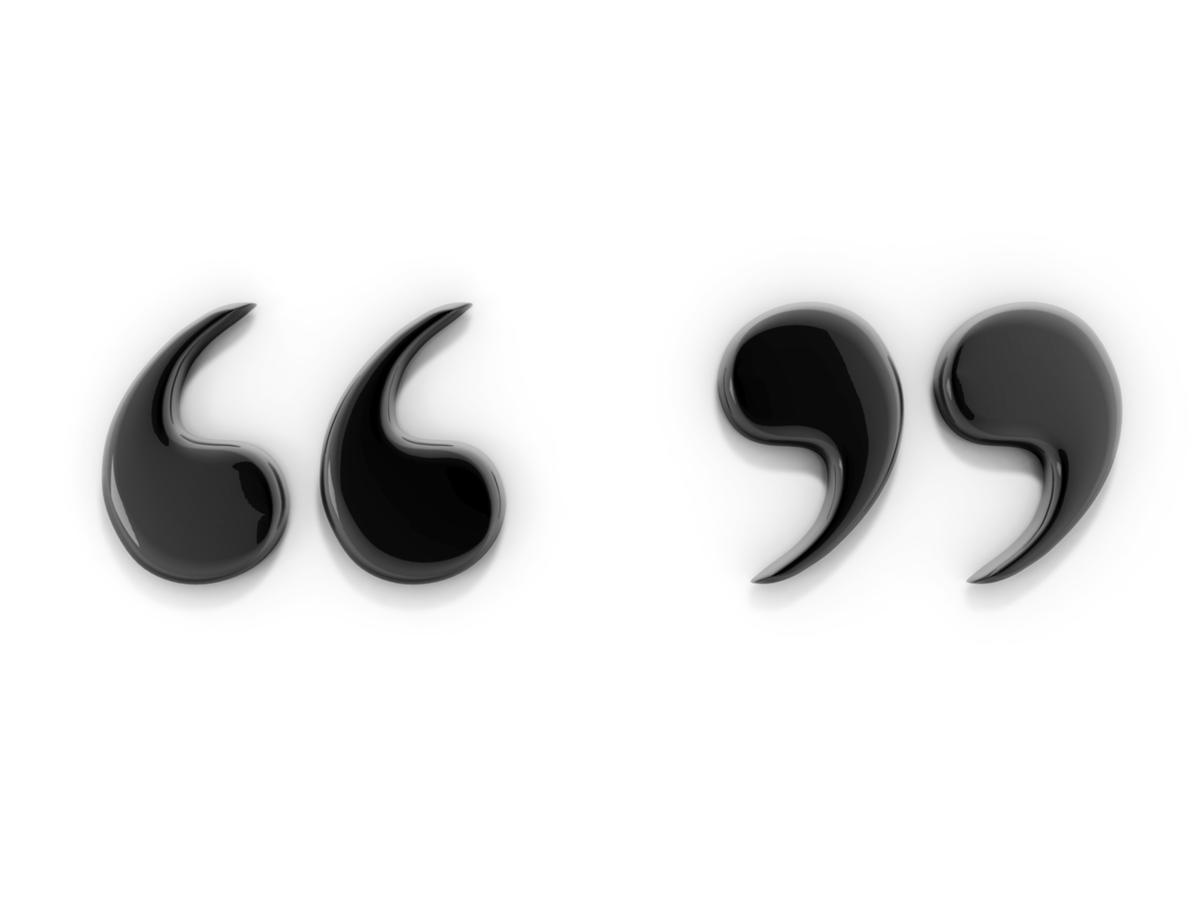Full day and multiple day presentations or demos are the ultra-marathon of presenting and still common in certain areas of technology sales. While a full day presentation might seem as simple as stringing together several shorter presentations and chugging plenty of Red Bull, they present some unique challenges including:
- More brain power
More time means more content for both you and your audience to try and remember. More is not always better if it means a long, meandering journey where the prospect walks away with no clear recall of the key message or overall value to his organization. - More presenters
Longer presentations often involve a team effort. While this takes some of the pressure off of each individual presenter, it can produce disparate messaging, awkward transitions, and wildly inconsistent delivery which can ultimately keep you from achieving your goal.
- Short attention spans
With attention spans at an all-time low and distractions at an all-time high, keeping today’s prospect’s engaged is not easy – even in shorter presentations. Your ability to capture and hold your prospect’s attention can mean the difference between first and last place.
- Need for Breaks
Poorly managed breaks equal wasted time and distracted or absent prospects missing key messages. Having a break strategy is vital to keep your presentation on-track and ensure your points are heard.
Long presentations or demos don’t have to be a slow death march for you and your audience if you use the following strategies to keep delivery consistent and engagement and interest high:
- Pick one takeaway:
Yes, you’re going to cover a lot of material, but you need to decide what one central idea you want your prospect to remember at the end of the day. Once you know what that one idea is, make sure you reinforce it at strategic points throughout your presentation, i.e., the opening, within appropriate topics, and in your closing.
- Create a theme:
Organizing your presentation around a unifying theme and tying each section into that theme provides a common thread to connect different sections and/or presenters. Try kicking off the day with an overall theme and starting each new topic with a slightly different aspect of that theme. This will help anchor your presentation and each topic in the prospect’s mind, making it easier for them to recall it later.
- Introduce activity:
Sitting for a full day can be nearly as tiring for your audience as standing is for you. Keep the energy flowing by including activities and interaction. Do a poll. Ask an audience member to write something down on the whiteboard. Introduce a prop and pass it around. Engaging more senses in your presentation will propel your attention level.
- Plan post-break activities:
It takes people a few minutes to settle back down and refocus after a break. You can speed up that process as well as reward those who are back on time with a post-break video or quiz. Put some skin in the game by awarding points for right answers and giving away a prize for the most points at the end of your presentation.
Don’t let a longer presentation leave you stuck at the starting block. Identifying and preparing for some of the unique challenges will help you run a winning race and deliver a strong message that keeps your audience consistently engaged.
Click to edit your new post...




